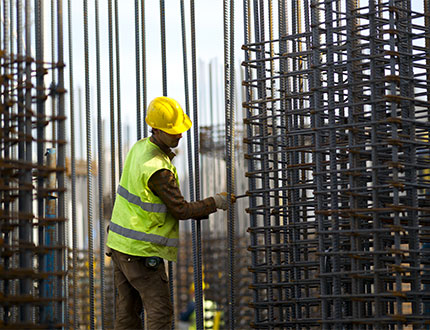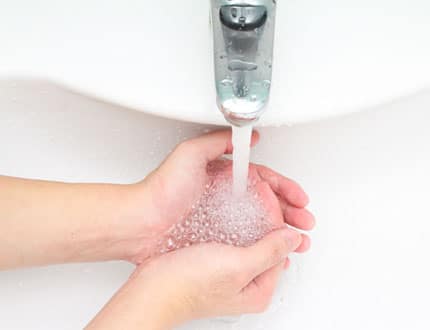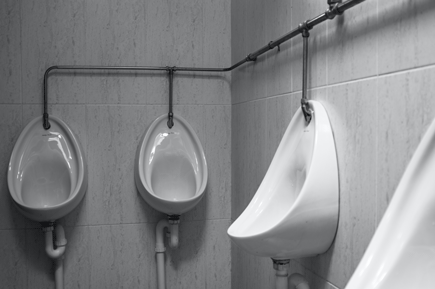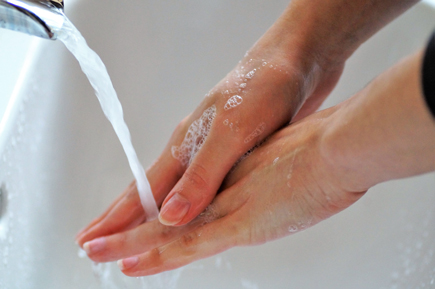
Why Use Microfibre Cloths and Mops?
We source all of our high quality microfiber cloths directly from Filta, and work together closely to determine the most

We source all of our high quality microfiber cloths directly from Filta, and work together closely to determine the most

Hi-vis clothing makes its wearers more visible and is meant to prevent injuries and accidents.

There is no better way to reduce the spreading of germs and potentially deadly diseases than hand washing.

Fresh towels provide a cosy feeling to your home and improve the hygiene factor.

Working in the automotive industry is really demanding whether you work in a marketing department or a workshop. However, working

Most men will see a urinal cake on a daily basis. This is the small tablet placed in urinal bowls

First impressions count, especially when it comes to the restaurant business. It’s important for your front-of-house to be inviting and

Hands are one of the main pathways of germ transmissions.

Making your employees feel good at work shouldn’t be too hard if you are determined to do it.
These articles serve as resources for safety, sustainability, and general health information. They are not a substitute for professional, medical, or legal advice. We advise businesses and individuals to only adopt material that is relevant to them and their specific needs.
With over a century of experience in providing affordable managed textile, washroom, and safety services, we allow customers to focus on their core business; knowing they have a reliable and sustainable partner.
Get in touch with us.
Leave your details and we’ll get back to you. We’ll match you to your local Alsco branch for fast friendly service.